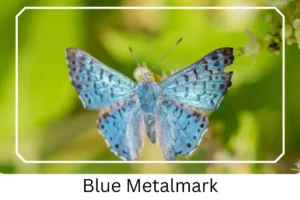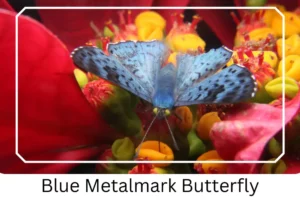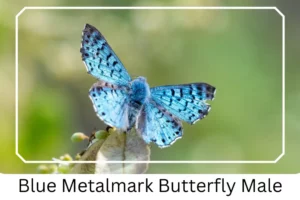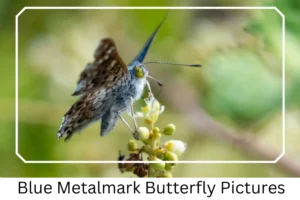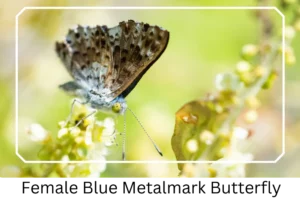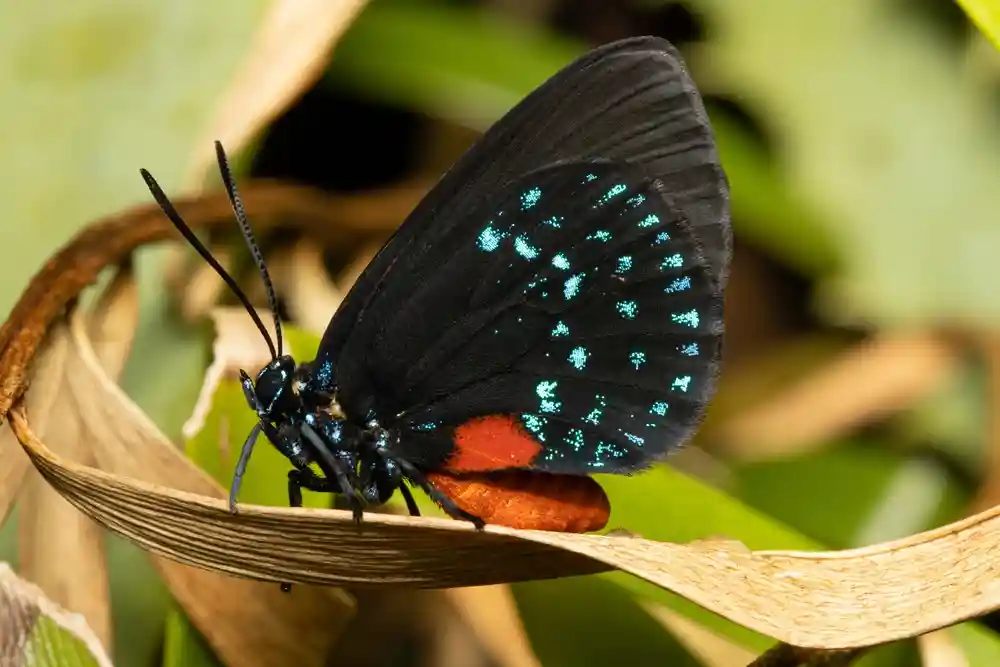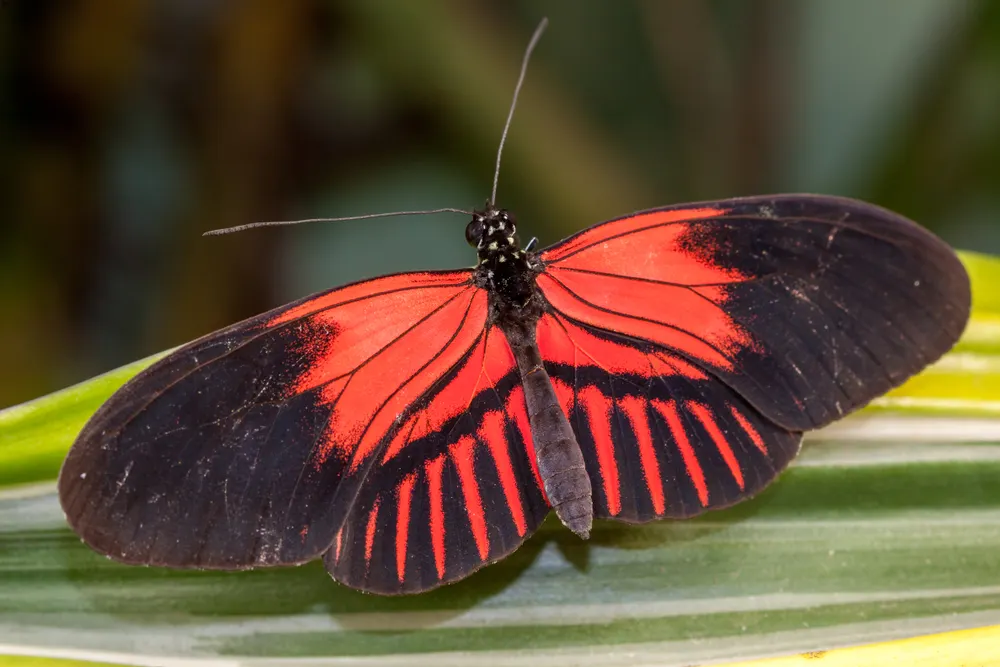Blue Metalmark (Lasaia sula)
The Blue Metalmark is a captivating species of butterfly renowned for its strikingly vibrant blue coloration, adorned with a mesmerizing metallic sheen. These enchanting creatures grace the skies from April to December, primarily thriving in the grassy woodlands of South Texas. In this comprehensive guide, we will delve deeper into the world of the Blue Metalmark, offering insights into its life stages, behavior, habitat, and more.
Scientific Classification
- Family: Riodinidae
- Genus: Lasaia
- Scientific Name: Lasaia sula
Overview
The Blue Metalmark butterfly, renowned for its metallic blue sheen and vibrant hues, thrives in South Texas’s grassy woodlands from April to December. This guide explores its lifecycle, habitat, and the crucial role it plays in pollination. With distinct sexual dimorphism, males flaunt metallic blue-green wings, while females display checkered gray patterns. Inhabiting subtropical forests to Honduras, they rely on Albizia species as host plants. This species exemplifies nature’s beauty and ecological significance, captivating observers across North America.
Description and Identification
The Blue Metalmark undergoes a fascinating transformation throughout its life cycle:
Caterpillar
In its larval stage, the Blue Metalmark sports a furry body with whitish-green coloring. These voracious eaters indulge in the leaves of their host plants as they emerge from their eggs.
Pupa
During the pupal stage, these butterflies form chrysalises that are also adorned with a layer of fine hairs. These chrysalises can be found attached to their host plants or on the ground, secured in place with silk.
Adult Butterfly
Sexual Dimorphism: Distinctly present
Color and Appearance: When the wings are open, the males display a metallic blue-green on the dorsal sides of all the four wings accompanied by random small black spots, whereas the females show a checkered gray pattern with black spots, and lack the bluish green hue. The edges of all the wings are bordered by light to darker shades of gray. When the wings are closed, both the sexes display checker spots and a grayish brown coloration.
Average wingspan: 2.2 to 3.2 cm (0.87 to 1.26 in)
Flight pattern: Medium
Eggs
Blue Metalmark eggs are round and whitish, laid singly on the leaves of their host plants.
Quick Facts | |
| Distribution | Blue Metalmarks can be found in North America, ranging from South Texas’ Lower Rio Grande Valley to Honduras. |
| Habitat | These elegant butterflies thrive in open subtropical forests, along the edges of woods, and even in agricultural areas. |
| Host plants | Blue Metalmarks rely on the Albizia species as their primary host plants. |
| Adult diet | When in their adult stage, Blue Metalmarks feed on flower nectar. |
How to Identify Blue Metalmark?
Identifying the Blue Metalmark can be an enthralling endeavor, with distinct features setting it apart from other butterflies:
- Wing Appearance: When the wings are open, males showcase a dazzling metallic blue-green color on the dorsal sides of all four wings, accented by scattered black spots. Females, on the other hand, exhibit a checkered gray pattern with black spots and lack the vibrant bluish-green hue seen in males. Notably, the edges of all wings are bordered by varying shades of gray. When their wings are closed, both sexes display checker spots and a subdued grayish-brown coloration.
- Size: On average, Blue Metalmarks boast a wingspan ranging from 2.2 to 3.2 cm (0.87 to 1.26 in).
- Flight Pattern: These butterflies have a medium flight pattern, gracefully navigating their habitat.
- Egg Characteristics: Keep an eye out for round, whitish eggs laid singly on the leaves of host plants.
Now that you’re equipped with valuable insights on how to identify Blue Metalmarks, let’s delve into some intriguing facts about these captivating butterflies.
Did You Know?
Blue Metalmarks are not only a delight to the eye but also a vital part of their ecosystem, contributing to pollination as they sip nectar from flowers.
The range of the Blue Metalmark extends from the southern regions of Texas to as far south as Honduras, making them a remarkable sight across North America.
Their choice of host plants, the Albizia species, plays a crucial role in their lifecycle, as it provides the necessary sustenance for their caterpillars.
Conclusion
The Blue Metalmark is a remarkable butterfly species that enchants observers with its vibrant hues and unique characteristics. Whether you encounter them in the open subtropical forests of South Texas or elsewhere in their range, these butterflies are a testament to the beauty and diversity of the natural world.

